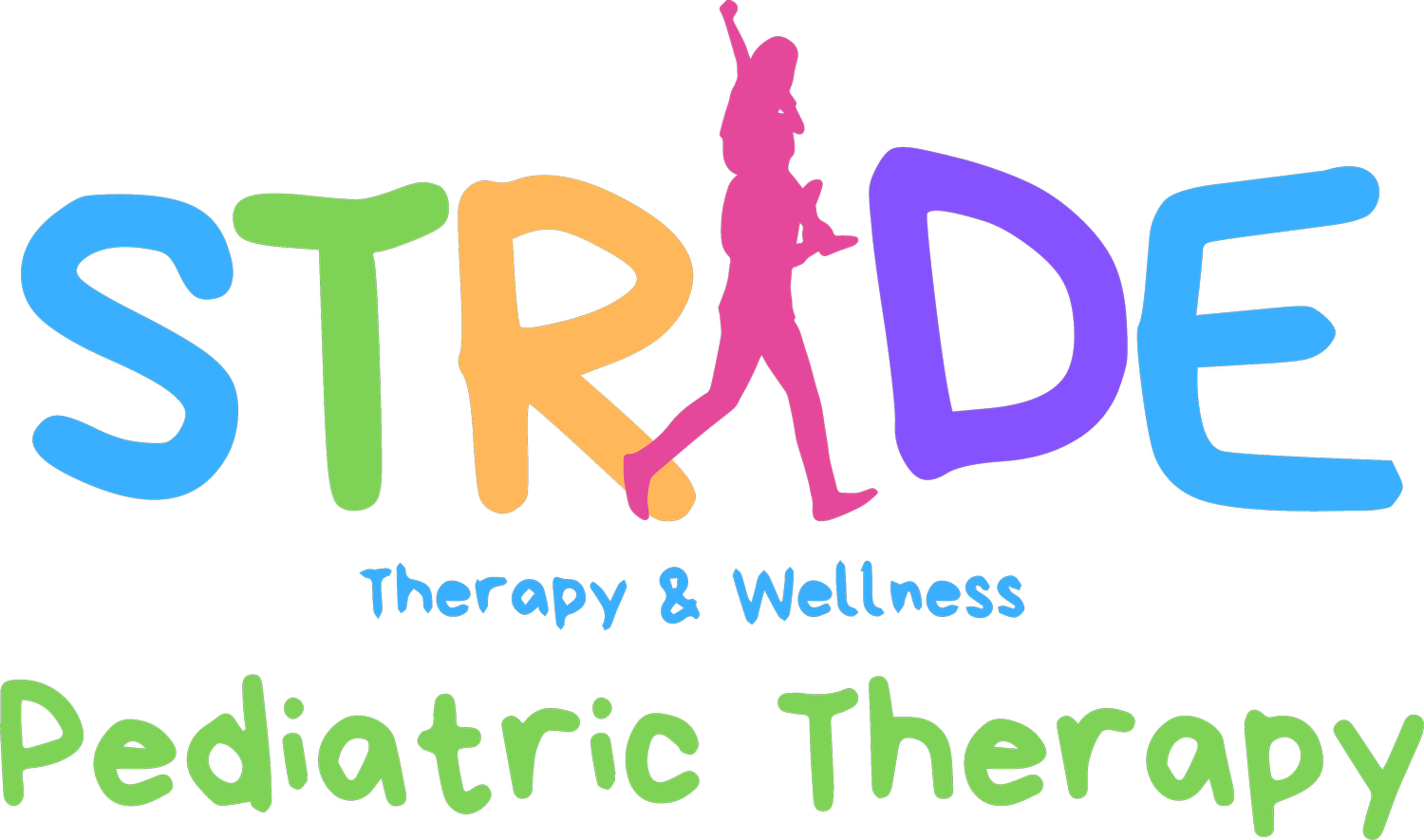What Therapy Terms Mean: Speech Therapy Edition
Here are twenty common speech and language terms:
Articulation: The production of sounds and words, including the way in which the tongue, lips, and jaw are used to make specific sounds.
Fluency: The smoothness and flow of speech. Disfluencies, such as stuttering, can interfere with fluency.
Pragmatics: The social rules of communication, including how to initiate and maintain conversations, how to take turns speaking, and how to interpret nonverbal cues.
Receptive language: The ability to understand and interpret spoken language.
Expressive language: The words and sounds that a person uses to communicate their thoughts, feelings, and ideas to others.
Phonology: The study of the sounds of language and how they are used to create words.
Morphology: The study of the structure of words and how they are formed.
Syntax: The rules of grammar that govern the structure of sentences.
Semantics: The study of meaning in language, including the meaning of words and how they are used in context.
Pragmatics: The social rules of communication, including how to initiate and maintain conversations, how to take turns speaking, and how to interpret nonverbal cues.
Voice: The sound of a person's speech, including pitch, volume, and quality.
Aphasia: A language disorder that can occur as a result of brain damage or injury, causing difficulty with language production and comprehension.
Apraxia: A motor speech disorder characterized by difficulty with the planning and execution of movements needed to produce speech sounds.
Dysarthria: A motor speech disorder characterized by difficulty with the control of the muscles used in speech production, resulting in slurred or distorted speech.
Dyslexia: A learning disorder characterized by difficulty with reading, spelling, and word decoding skills.
Auditory processing disorder: A condition in which the brain has difficulty processing auditory information, leading to difficulties with listening and understanding spoken language.
Speech sound disorder: A disorder characterized by difficulty producing certain speech sounds correctly.
Stuttering: A fluency disorder characterized by disruptions in the flow of speech, including repetitions, prolongations, and interruptions.
Voice disorder: A disorder characterized by abnormal pitch, volume, or quality of the voice.
Language-based learning disability: A disorder characterized by difficulty with language skills, including reading, writing, and comprehension, despite normal intelligence and adequate educational opportunities
